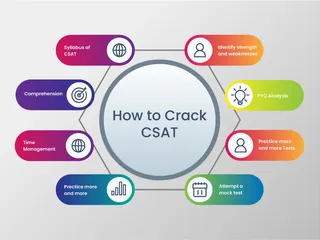Understanding limitations and safeguards is crucial for effective risk management and responsible decision-making. Limitations define the boundaries or constraints within which an activity, system, or process operates. Safeguards, on the other hand, are measures implemented to mitigate risks and protect against potential harm or failure.
Types of Limitations
- Financial Limitations: Budgetary constraints, funding limitations, and investment restrictions.
- Technical Limitations: Hardware or software capabilities, data processing speed, and technological infrastructure limitations.
- Legal Limitations: Regulations, laws, and compliance requirements that restrict activities.
- Ethical Limitations: Moral principles, ethical guidelines, and societal norms influencing actions.
- Time Limitations: Deadlines, project timelines, and constraints on available time resources.
Types of Safeguards
- Security Safeguards: Measures to protect against unauthorized access, data breaches, and cyber threats (e.g., firewalls, encryption, access controls). See NIST Cybersecurity Framework for more detail: https://csrc.nist.gov/nist-publications/nist-special-publication-800-53-rev-4
- Physical Safeguards: Measures to protect physical assets and personnel (e.g., security cameras, access control systems, alarm systems).
- Procedural Safeguards: Established processes and protocols to minimize risks and ensure consistent operations (e.g., checklists, standard operating procedures).
- Administrative Safeguards: Policies, training, and oversight mechanisms to manage risks and ensure compliance (e.g., data privacy policies, employee background checks).
Best Practices
Effective implementation of limitations and safeguards requires careful planning and proactive risk management. This includes:
- Risk Assessment: Identifying potential risks and vulnerabilities.
- Mitigation Strategies: Developing strategies to address identified risks.
- Monitoring and Evaluation: Regularly reviewing and updating safeguards to maintain effectiveness.
- Communication and Training: Ensuring that all stakeholders understand limitations and safeguards.
By understanding and implementing appropriate limitations and safeguards, organizations and individuals can significantly reduce risks and improve outcomes.






























 (24)jpeg-1722421859875.jpeg.webp)






